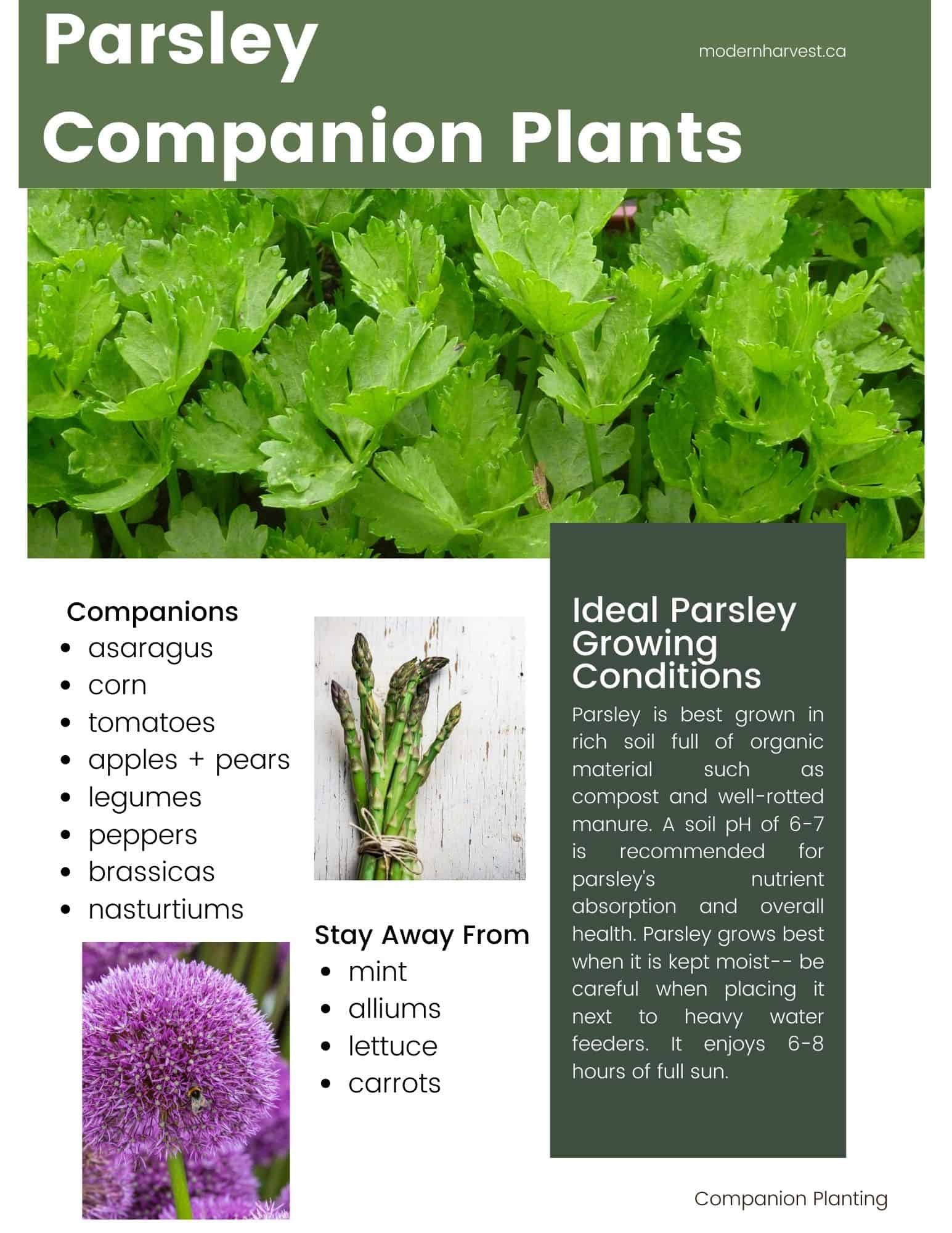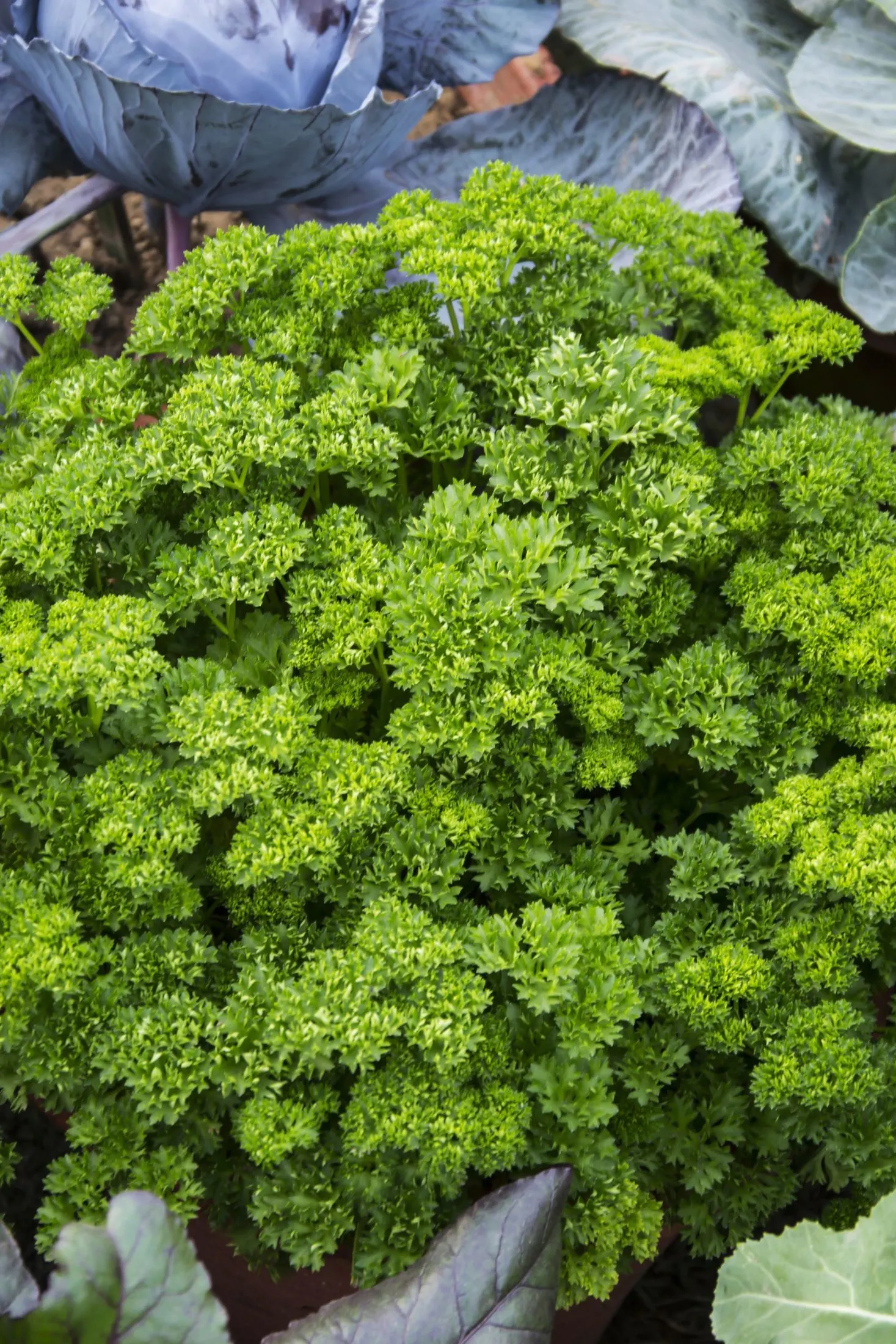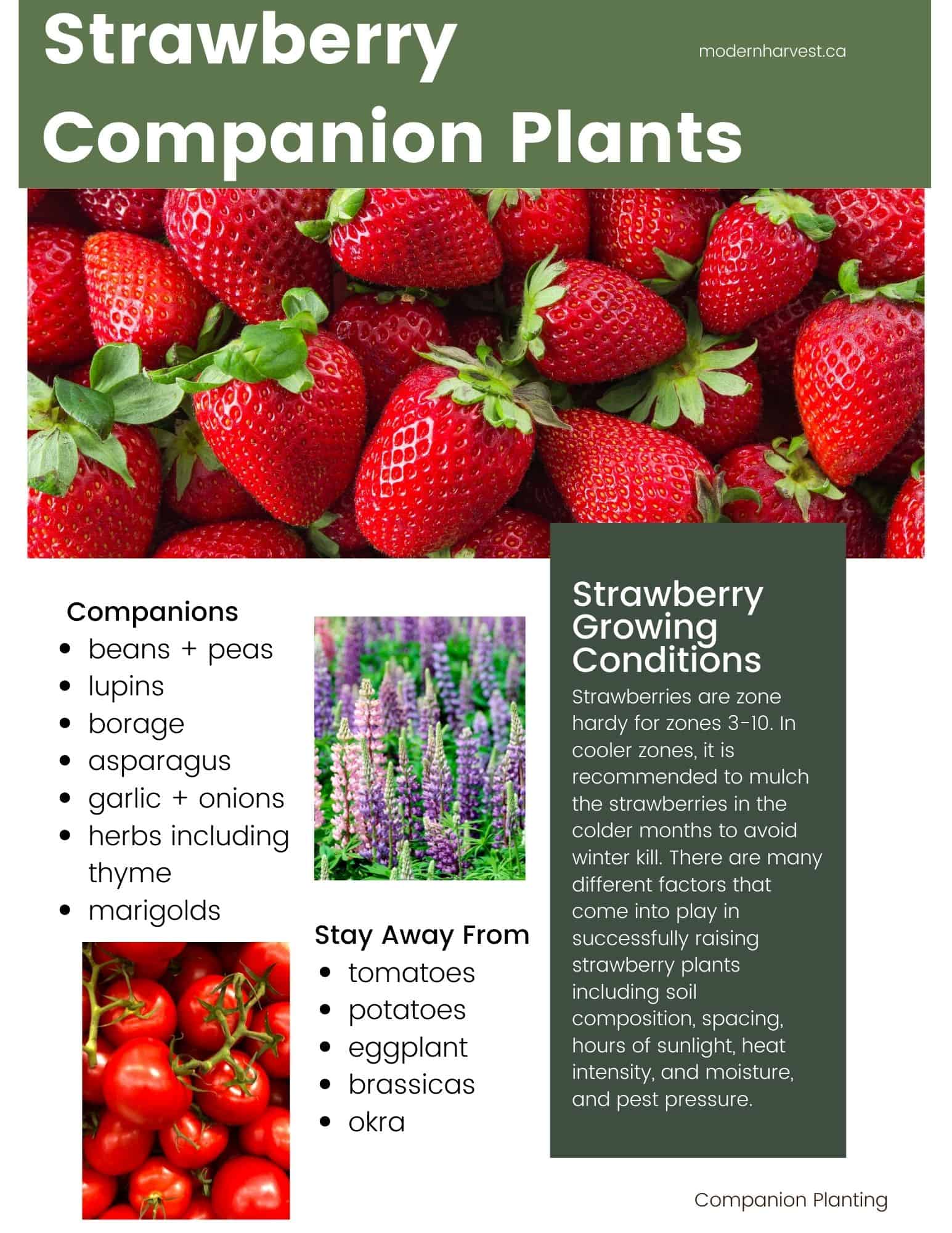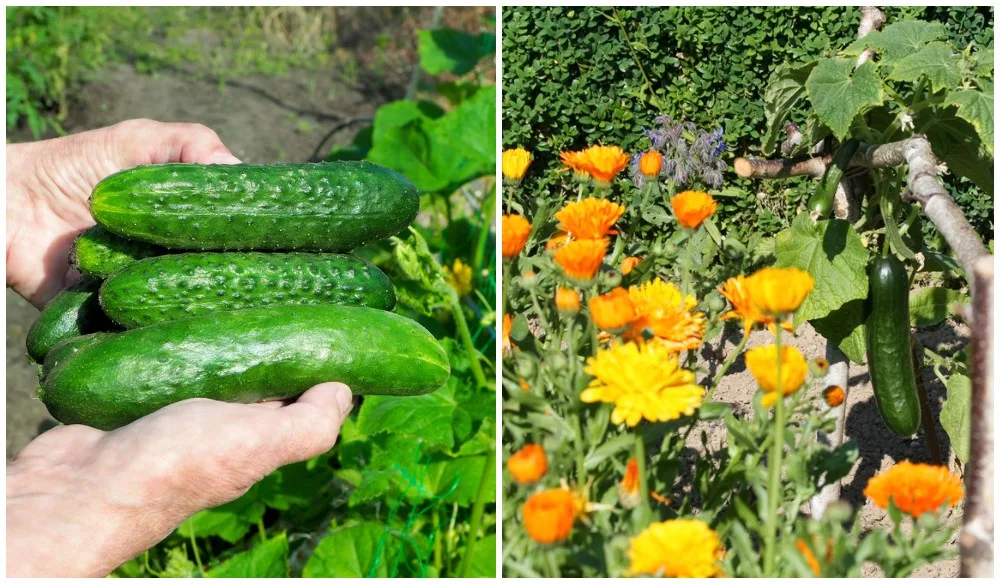Best Companion Plants For Parsley To Boost Your Yield
Title: Best Companion Plants for Parsley to Boost Your Yield
Introduction:
Parsley is a delicious and versatile herb that can be used in a variety of dishes. It is also a good source of vitamins and minerals. But did you know that planting parsley with certain other plants can help to boost its yield?
In this blog post, we will discuss the best companion plants for parsley. We will also talk about the benefits of companion planting and how to choose the right companions for your garden.
Main Content:
What is companion planting?
Companion planting is a gardening technique that involves planting certain plants together to benefit each other. Some plants attract beneficial insects, while others repel pests. Some plants improve the soil quality, while others help to shade or protect their neighbors.
There are many benefits to companion planting. It can help to:
- Increase crop yields
- Improve soil health
- Repel pests and diseases
- Attract beneficial insects
- Create a more diverse and attractive garden
Best companion plants for parsley
There are many plants that can be good companions for parsley. Some of the best include:
- Asparagus: Asparagus and parsley help each other to grow. Parsley repels the asparagus beetle, which is a major pest of asparagus plants. Asparagus also helps to improve the soil quality, which benefits parsley.
- Beans: Beans are nitrogen-fixing plants, which means they fix nitrogen from the air into the soil. This helps to enrich the soil and provide nutrients for parsley. Beans also help to suppress weeds, which can give parsley more room to grow.
- Carrots: Carrots and parsley have similar growing requirements, so they can be planted together without competing for resources. Carrots also help to repel carrot flies, which can be a pest of parsley.
- Cabbage family vegetables: Cabbage family vegetables, such as broccoli, cauliflower, and Brussels sprouts, attract parasitic wasps that prey on pests that can harm parsley. These plants also help to suppress weeds, which can give parsley more room to grow.
- Herbs: Many herbs are good companions for parsley. Some of the best include basil, chives, dill, mint, and rosemary. These herbs help to attract beneficial insects and repel pests. They also help to improve the soil quality and create a more diverse and attractive garden.
How to choose companion plants for parsley
When choosing companion plants for parsley, it is important to consider the following factors:
- Growing requirements: The plants you choose should have similar growing requirements. This will help to ensure that they do not compete for resources.
- Pests and diseases: The plants you choose should help to repel pests and diseases that can harm parsley.
- Soil quality: The plants you choose should help to improve the soil quality. This will benefit parsley and other plants in your garden.
- Diversity: It is a good idea to choose a variety of companion plants for parsley. This will help to create a more diverse and attractive garden.
Conclusion:
Companion planting is a great way to boost the yield of your parsley plants. By planting parsley with the right companions, you can help to improve the soil quality, attract beneficial insects, and repel pests. This will lead to healthier plants and a more bountiful harvest.
Parsley is a great companion plant for many different types of vegetables and fruits in the garden. It can help to repel pests, attract beneficial insects, and improve the flavor of nearby plants.
If you're interested in learning more about companion planting for parsley, visit this website: https://borealbloomhomestead.com/parsley-companion-plants/. This website has a comprehensive list of companion plants for parsley, as well as information about the benefits of companion planting.
FAQ of companion planting for parsley
- What are some good companion plants for parsley?
Some of the best companion plants for parsley include:
Asparagus: Asparagus and parsley are great companions. Asparagus helps to repel the asparagus beetle, and parsley helps to attract the tachinid fly, which is a predator of cutworms.
Beans: Beans and parsley are both nitrogen-fixing plants, which means they fix nitrogen from the air into the soil. This helps to enrich the soil and provide nutrients for other plants.
Basil: Basil and parsley are both herbs that prefer full sun and well-drained soil. They also have similar water requirements.
Chives: Chives help to repel aphids, which can be a problem for parsley.
Tomatoes: Parsley helps to attract hoverflies, which prey on aphids that can attack tomato plants.
What are some plants that should not be planted near parsley?
Some plants that should not be planted near parsley include:
Corn: Corn is vulnerable to corn earworms, cutworms, and armyworms. Parsley can attract these pests, so it is best to avoid planting them together.
Brassicas: Brassicas, such as broccoli, cabbage, and cauliflower, are susceptible to pests such as cabbage worms and flea beetles. Parsley can attract these pests, so it is best to avoid planting them together.
Melons: Melons are susceptible to powdery mildew, a fungal disease that can be spread by water splashing from one plant to another. Parsley is a leafy plant that can be easily splashed with water, so it is best to avoid planting it near melons.
What is the best time to plant parsley?
Parsley can be planted in the spring or fall. It is important to plant parsley in full sun and well-drained soil. Parsley can take a few weeks to germinate, so be patient!
- How do I care for parsley?
Parsley is a relatively low-maintenance plant. It needs regular watering, especially during hot weather. Parsley also benefits from being fertilized every few weeks.
- How do I harvest parsley?
Parsley can be harvested as soon as the leaves are large enough to use. To harvest parsley, simply snip off the leaves with a pair of scissors. You can also harvest the entire plant by cutting it off at the base.
Image of companion planting for parsley
- Parsley and tomatoes: Parsley helps to repel tomato hornworms, which are a major pest of tomatoes.
- Parsley and carrots: Parsley helps to improve the flavor of carrots, and carrots help to deter carrot root flies.

- Parsley and beans: Parsley helps to attract pollinators, which are essential for beans to set fruit.

- Parsley and cabbage: Parsley helps to repel cabbage loopers, which are a major pest of cabbage.

- Parsley and lettuce: Parsley helps to repel aphids, which are a major pest of lettuce.

- Parsley and onions: Parsley helps to repel root maggots, which are a major pest of onions.

- Parsley and strawberries: Parsley helps to deter slugs, which are a major pest of strawberries.

- Parsley and cucumbers: Parsley helps to attract pollinators, which are essential for cucumbers to set fruit.

- Parsley and peppers: Parsley helps to improve the flavor of peppers, and peppers help to deter aphids.
- Parsley and herbs: Parsley can be planted with other herbs to create a diverse and pest-resistant garden.


Post a Comment for " Best Companion Plants For Parsley To Boost Your Yield"